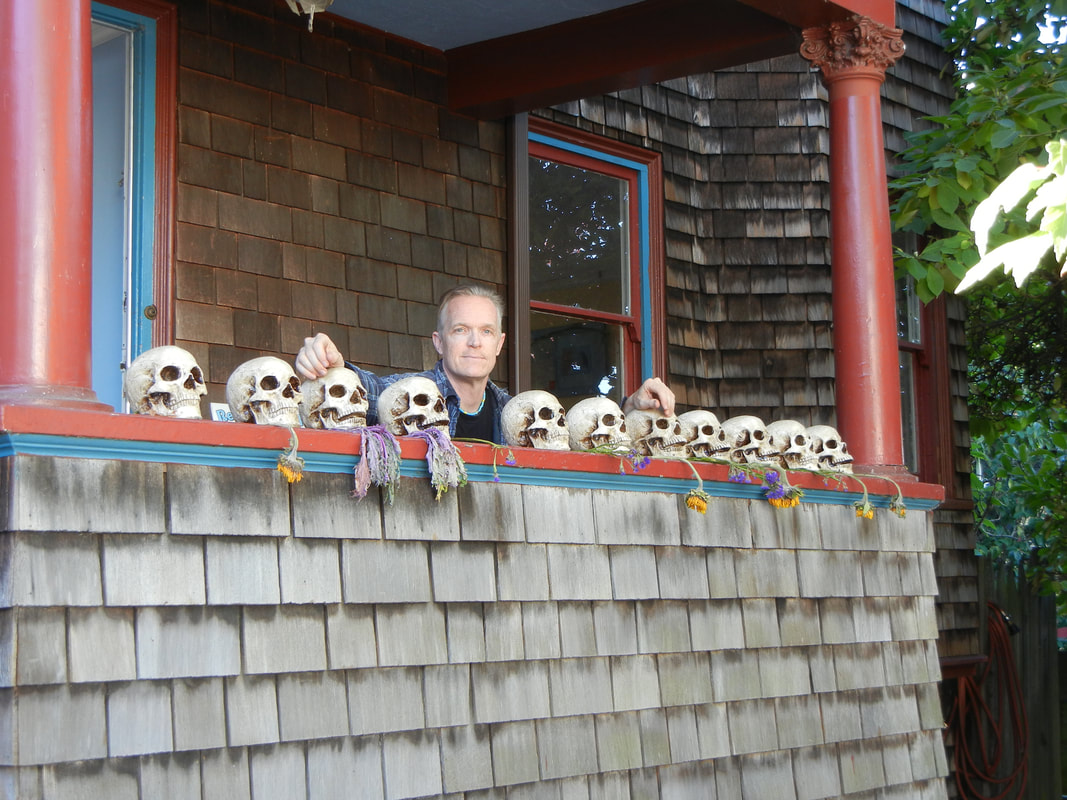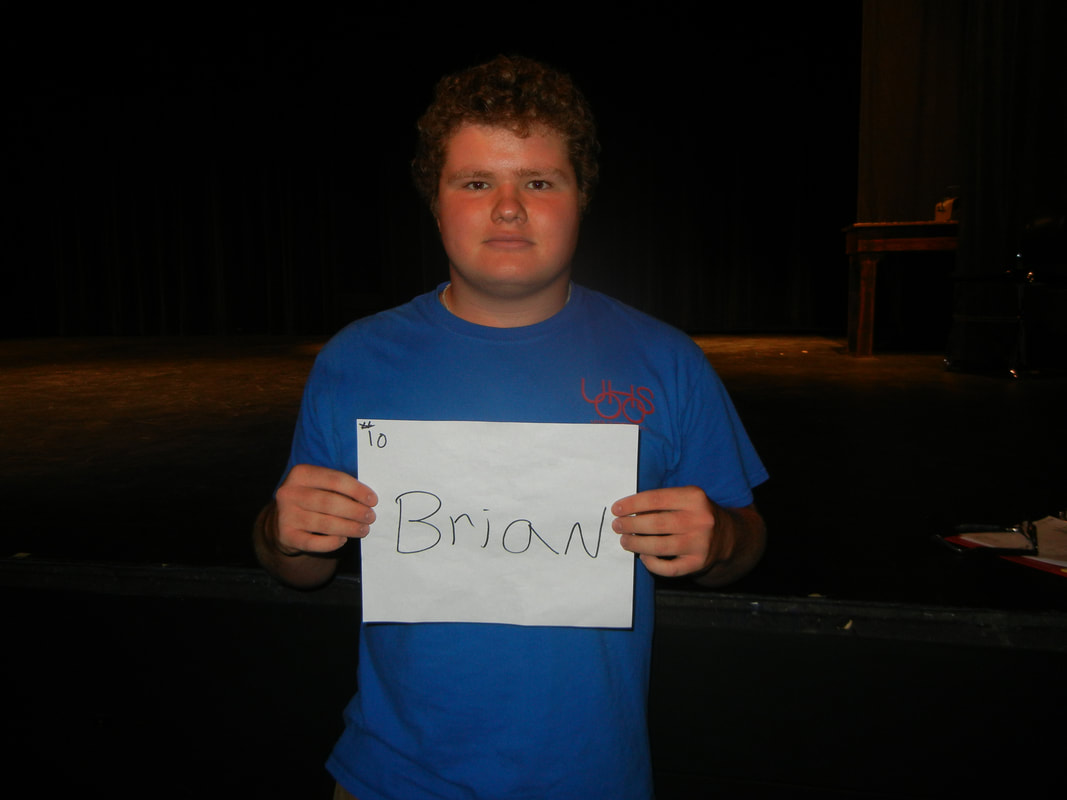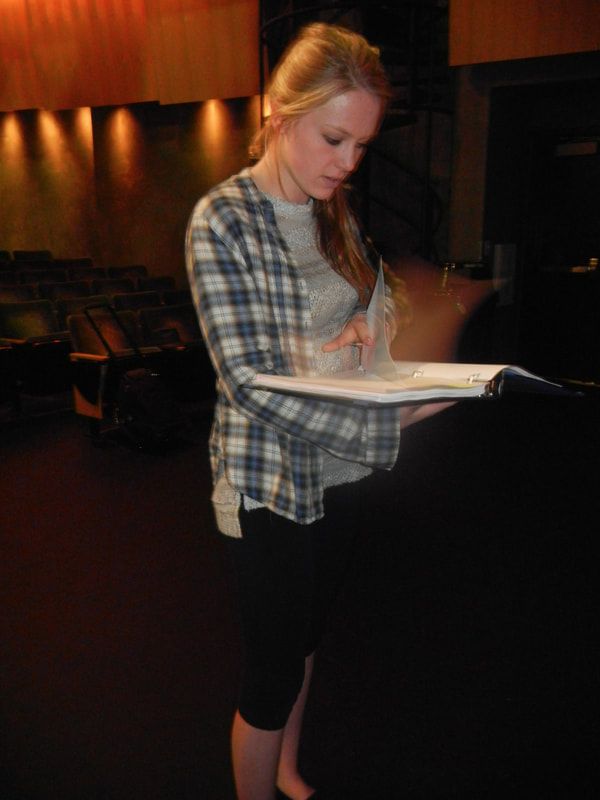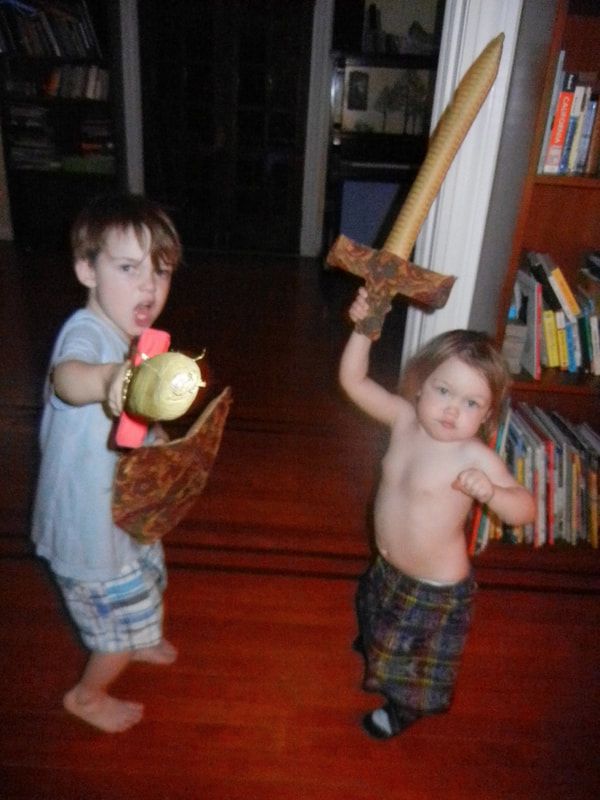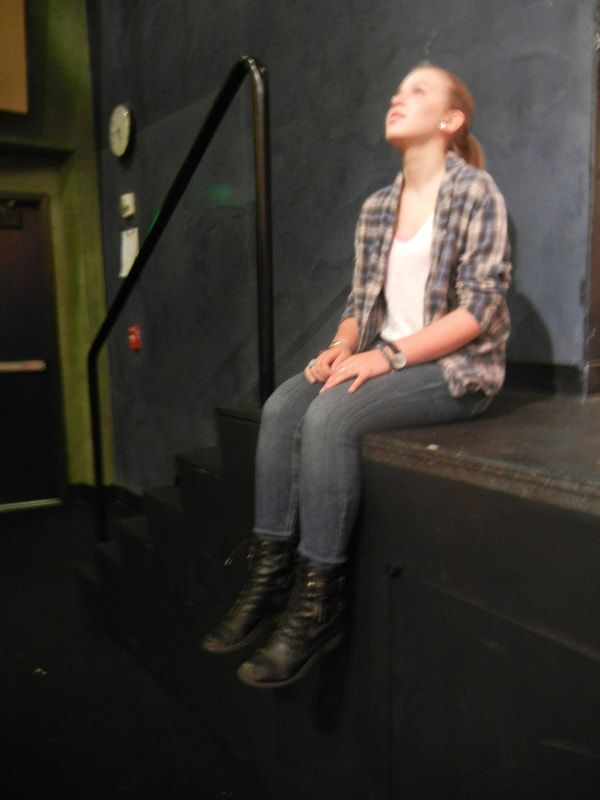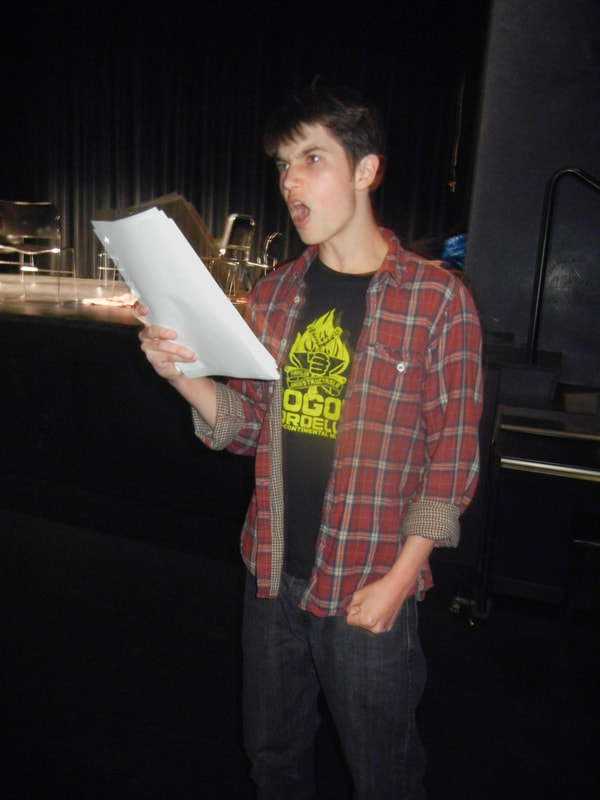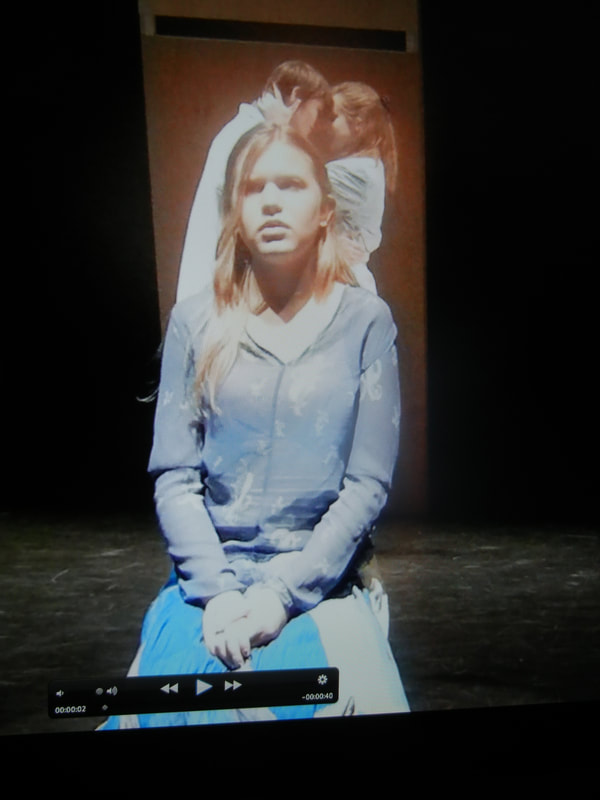Hamlet - University High
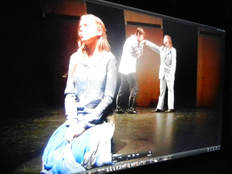
HAMLET – Themes and Process
Notes from the Director
For any theater maker, taking on this work, “HAMLET”, the most renowned play in world theater, is a challenge as daunting as it is exhilarating. Hasn’t everything one can imagine about Hamlet already been thought, said, written and, in all likelihood, staged before by someone else? And surely by someone more erudite, insightful, brilliant and esteemed? After all, haven’t the greatest of scholars poured over ever word of the text and haven’t the greatest of directors taken their crack at producing it? Who am I to direct on this work? (Just as actors faced with these near-mythic characters may well ask: who am I to incarnate Claudius, Gertrude, Ophelia, Horatio…?)
The task inevitably catalyzes an avalanche of Hamlet-like doubt. Then, at last (thank goodness!) comes action. With action, comes the pleasure of being plunged into the work. Here, the themes, words and characters are so rich with questions and possibilities that doubts and considerations fall aside. Besides, there is no time for them! The urgency of the piece itself is compounded by the urgency of mounting a production in two months! One stops imagining what another “would, could, should, might” have done. One starts to embrace and savor the experience of spending time with the greatest of playwrights, his most compelling creation and a team of collaborating artists.
An initial important task was editing the piece, hereby creating a version that retained the essential and allowed us to focus our energies. (An unedited, full-length Hamlet typically runs four hours, or more.) In making choices, I prioritized the spine of the story of revenge and focused on the central characters and their relationships. (Alas, farewell to Fortinbras and the broader geo-political manoeuverings that frame Hamlet’s family drama.) As I worked on the script, I was repeatedly struck by Hamlet’s wit and humor, as present in the piece as his melancholy and rage. I was also struck by Shakespeare’s sense of the ironic and the absurd, present in everything from Rosencrantz & Guildenstern’s clownish antics to the wonderful deus ex machina of benevolent pirates helping Hamlet return to Denmark for Act V. These were elements I was intent on bringing to the fore, while still retaining the essential drama and philosophical questioning, so integral to the piece.
In the process of rehearsing, I have kept revisiting core questions: Why direct Hamlet now and why here, at University High School, with a team of bright young student-artists? First, while Shakespeare’s plays offer rich material for study as literature, they were written to be performed. While much of the cast had studied Hamlet as required reading in 10th grade English, this production offered the opportunity to bring flesh, blood, breath and life to this piece. Performing Shakespeare demands that actors not only to memorize the lines and act out the stage directions. They must “play”, allowing the script to become a framework for their own imaginations, connections and creativity. Actors are invited to truly marinate in Shakespeare’s poetry – with its marvelous images and masterful musicality – and make it their own. They come to know the play not just intellectually, but viscerally, experientially. While of course, the ultimate goal is to then bring the play before an audience, for the student-artists, the journey itself is a rich one.
Further, this play is especially suited, I believe, to young performers and young audiences. While many of Hamlet’s reflections, feelings and experiences will resonate with audiences of all ages, the central figure is a young prince on the threshold of adulthood. Our student-artists are, Hamlet-like, young scholars in a modern-day Wittenberg, daily challenged and stretched intellectually. With their many talents, interests and ambitions, they are “noble minds”, with the “courtier's, scholar's, soldier's, eye, tongue, sword.” And like Hamlet, many look at their world with curious and critical eyes; they face the challenges of bridging insight and action. In the future, they may well be asked to root out what is “rotten” in the “State of Denmark”; the weight of grave situations they did not create will likely fall to them.
Further, like many young people entering adulthood, Hamlet is dealing not just with intellectual and existential questions, but with personal and familial ones. Indeed, Hamlet beckons our young actors (and us all) to look at fundamental relationships, deep responsibilities and inner landscapes. Over the course of the play, Hamlet must grapple with his crushing sense of duty towards his father and his explosive frustration with his mother. He must juggle the needs of a girlfriend on the edge with his own feelings of inadequacy and loss. He is riddled with doubt, skeptical of authority and hell-bent on not being anyone’s fool (even as he sees, too well, his own foolishness).
The material is juicy and, well, “Shakespearean”. After all, the inciting incident that kicks off the play is Caine and Abel inspired: one brother murders the other. Relationships are messy and marked by jealousy, deception, fear, rage, despair, longing and madness. While this can be gritty material, this too is the stuff of “play”, to be probed, but with intelligence and artistry, a light touch and a sense of fun. After all, theater creates a space in which we can examine the full scope of our humanity – not to hereby suffer, but to hereby survive and even, to thrive.
This company of University High School student-artists has been eager and fearless before the rich, dense and complex material of Hamlet. I have been proud and impressed by how they have taken not just the technical challenges of performing Shakespeare, but also the artistic challenges of incarnating this material. They have been bold collaborators; helping me dispel my doubts and teaching me much as they have brought Hamlet to life. It has been my pleasure to work with these bold, talented student-artists. I hope that you will enjoy the product as much as I have enjoyed the process…
Notes from the Director
For any theater maker, taking on this work, “HAMLET”, the most renowned play in world theater, is a challenge as daunting as it is exhilarating. Hasn’t everything one can imagine about Hamlet already been thought, said, written and, in all likelihood, staged before by someone else? And surely by someone more erudite, insightful, brilliant and esteemed? After all, haven’t the greatest of scholars poured over ever word of the text and haven’t the greatest of directors taken their crack at producing it? Who am I to direct on this work? (Just as actors faced with these near-mythic characters may well ask: who am I to incarnate Claudius, Gertrude, Ophelia, Horatio…?)
The task inevitably catalyzes an avalanche of Hamlet-like doubt. Then, at last (thank goodness!) comes action. With action, comes the pleasure of being plunged into the work. Here, the themes, words and characters are so rich with questions and possibilities that doubts and considerations fall aside. Besides, there is no time for them! The urgency of the piece itself is compounded by the urgency of mounting a production in two months! One stops imagining what another “would, could, should, might” have done. One starts to embrace and savor the experience of spending time with the greatest of playwrights, his most compelling creation and a team of collaborating artists.
An initial important task was editing the piece, hereby creating a version that retained the essential and allowed us to focus our energies. (An unedited, full-length Hamlet typically runs four hours, or more.) In making choices, I prioritized the spine of the story of revenge and focused on the central characters and their relationships. (Alas, farewell to Fortinbras and the broader geo-political manoeuverings that frame Hamlet’s family drama.) As I worked on the script, I was repeatedly struck by Hamlet’s wit and humor, as present in the piece as his melancholy and rage. I was also struck by Shakespeare’s sense of the ironic and the absurd, present in everything from Rosencrantz & Guildenstern’s clownish antics to the wonderful deus ex machina of benevolent pirates helping Hamlet return to Denmark for Act V. These were elements I was intent on bringing to the fore, while still retaining the essential drama and philosophical questioning, so integral to the piece.
In the process of rehearsing, I have kept revisiting core questions: Why direct Hamlet now and why here, at University High School, with a team of bright young student-artists? First, while Shakespeare’s plays offer rich material for study as literature, they were written to be performed. While much of the cast had studied Hamlet as required reading in 10th grade English, this production offered the opportunity to bring flesh, blood, breath and life to this piece. Performing Shakespeare demands that actors not only to memorize the lines and act out the stage directions. They must “play”, allowing the script to become a framework for their own imaginations, connections and creativity. Actors are invited to truly marinate in Shakespeare’s poetry – with its marvelous images and masterful musicality – and make it their own. They come to know the play not just intellectually, but viscerally, experientially. While of course, the ultimate goal is to then bring the play before an audience, for the student-artists, the journey itself is a rich one.
Further, this play is especially suited, I believe, to young performers and young audiences. While many of Hamlet’s reflections, feelings and experiences will resonate with audiences of all ages, the central figure is a young prince on the threshold of adulthood. Our student-artists are, Hamlet-like, young scholars in a modern-day Wittenberg, daily challenged and stretched intellectually. With their many talents, interests and ambitions, they are “noble minds”, with the “courtier's, scholar's, soldier's, eye, tongue, sword.” And like Hamlet, many look at their world with curious and critical eyes; they face the challenges of bridging insight and action. In the future, they may well be asked to root out what is “rotten” in the “State of Denmark”; the weight of grave situations they did not create will likely fall to them.
Further, like many young people entering adulthood, Hamlet is dealing not just with intellectual and existential questions, but with personal and familial ones. Indeed, Hamlet beckons our young actors (and us all) to look at fundamental relationships, deep responsibilities and inner landscapes. Over the course of the play, Hamlet must grapple with his crushing sense of duty towards his father and his explosive frustration with his mother. He must juggle the needs of a girlfriend on the edge with his own feelings of inadequacy and loss. He is riddled with doubt, skeptical of authority and hell-bent on not being anyone’s fool (even as he sees, too well, his own foolishness).
The material is juicy and, well, “Shakespearean”. After all, the inciting incident that kicks off the play is Caine and Abel inspired: one brother murders the other. Relationships are messy and marked by jealousy, deception, fear, rage, despair, longing and madness. While this can be gritty material, this too is the stuff of “play”, to be probed, but with intelligence and artistry, a light touch and a sense of fun. After all, theater creates a space in which we can examine the full scope of our humanity – not to hereby suffer, but to hereby survive and even, to thrive.
This company of University High School student-artists has been eager and fearless before the rich, dense and complex material of Hamlet. I have been proud and impressed by how they have taken not just the technical challenges of performing Shakespeare, but also the artistic challenges of incarnating this material. They have been bold collaborators; helping me dispel my doubts and teaching me much as they have brought Hamlet to life. It has been my pleasure to work with these bold, talented student-artists. I hope that you will enjoy the product as much as I have enjoyed the process…
Proudly powered by Weebly
